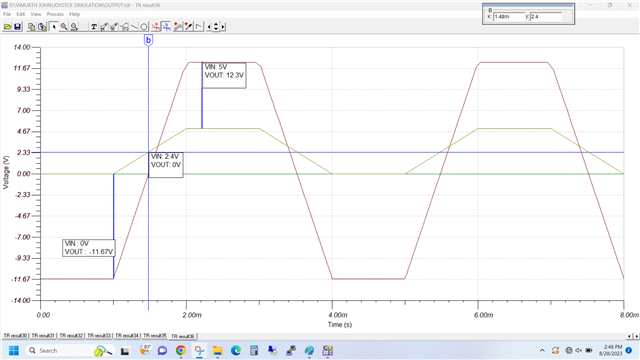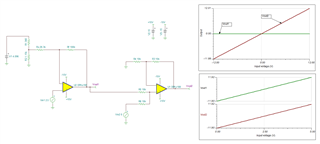Other Parts Discussed in Thread: OPA4277,
Hi Team,
I am planning to use the Arduino Uno R4's DAC pin (A0) (unipolar, 5V) for controlling the Joystick. The input of Joystick is Bipolar. Range is +12V to -12V. So, can you please suggest the amplifier circuit for this.
Thanks.



